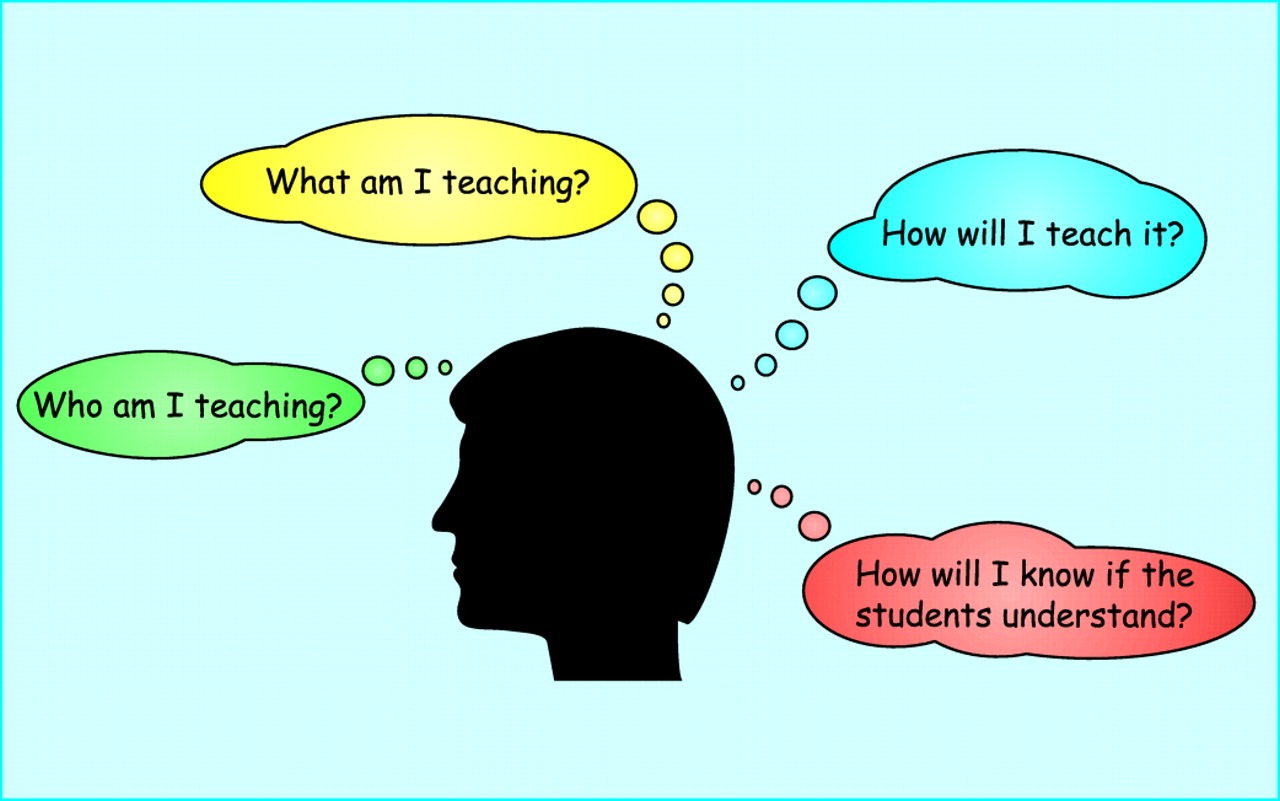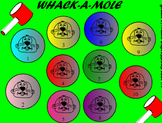Through my pre-service education program at Mount Saint Mary College, I have learned the value of reflection. To prepare us for edTPA and our careers, every education course contains the "reflection" assignments. For every hour spent teaching, a multiple of that hour is spent scrutinizing over our own performance and comparing it to the pedagogical ideals presented to us by our professors, textbooks, and the countless videos of exemplary teaching to which we aspire. Just as teachers work to help students in developing their own meta-cognitive and self-evaluative skills, we must use reflection in our own work to improve our own skills as teachers: "Rather than just following preplanned lessons and techniques, reflective teachers consider what they know about the children in their group and about child development theory to better understand and delight in what happens in the classroom. Reflection allows teachers to make effective, meaningful decisions about how to respond to and plan for children" (Carter, Cividanes, Curtis, and Lebo, 2010, p. 1). Therefore, in Social Studies Methods this semester, we are being provided the opportunity to not only reflect upon our own teaching, but also to reflect upon the teaching of other teacher candidates. John Dewey, an educational reformer and renowned philosopher of the twentieth century, argues that reflection is what makes an experience meaningful (Rodgers, 2002).

Reflection in Practice: Learning from Kelli
In the week of February 11, 2015, I observed Kelli Flannery teach direct instruction, inquiry, and cooperative learning lessons on the causes of the American Revolution to fifth grade students. In a unit titled, "The Road to Revolution," Kelli provided students with facts in the direct instruction lesson and then switched to indirect strategies in the later two lessons to allow students to develop reasoning and social interaction skills.
Direct Instruction
Kelli began the lesson by activating prior knowledge and enticing student interest by having students view pictures related to the causes of the American Revolution. Immediately, students began offering ideas, and each idea gave Kelli insight into the information students already knew which she could draw upon later in the lesson. Structuring this pre-assessment more informally, without relying on a traditional question/answer format allowed students to be much more motivated to participate, and more confident giving answers. Then, for development, the teacher provided facts at a fast-pace, and was complemented by
 |
| Kelli's "Check for Understanding" Slide |
could have benefited from more "Stop and Ponder!" slides to help students identify connections between the material presented, and so that the teacher could quickly correct any misconceptions. Kelli also provided two guided practice activities: a Smart board interactive "Whack-a-mole" activity and a picture identification activity.The students appeared motivated by the activities, which focused upon reviewing facts of the content to build mastery. Lastly, the teacher continued to focus on the facts when students engaged in the Kahoot closure activity.The students were engaged in the closure, liking the competitive spirit of Kahoot. However, the results of the Kahoot game indicated that there were many questions for which the students either did not know the answer or did not have time to answer. I wish that there had been time for the teacher to review why the correct answer was indeed the correct answer, or have a student explain the correct answer to ensure students were correcting misconceptions. Lastly, as independent practice, the teacher assigned a selected-response matching item with the same number of premises and responses. For next time, I would urge Kelli to utilize more responses than premises because it, "provides greater coverage of information and is a better indicator of knowledge by reducing guessing of some correct answers that occurs if the same number of premises and responses are used and each response is used only once" (McMillan, 2011, p. 187). Still, the pencil-and-paper item should help Kelli to see which facts the students now know as a result of her teaching. Overall, I felt that Kelli delivered energetic and fast-paced instruction that maintained the students' interest and clearly provided facts.
Inquiry Instruction
Next, it was time for the students to build reasoning skills and construct generalizations from the facts they now know from Kelli's Direct Instruction Lesson. Thus, Kelli created an inquiry lesson focused on having students evaluate the causes of the war to advise a "governor" in writing on which side he should take in the American Revolution. In addition to reviewing the content in the engage phase, Kelli also pre-assessed students knowledge of the role of historians and the steps of the inquiry process. Next, to engage students in the task, Kelli created a Voki character, the "governor," to introduce the problem that the students would explore using the inquiry process. The Voki character was unexpected, but perfect for introducing the problem in a creative way. I was so impressed by the Voki's effectiveness in Kelli's lesson, that I opted to use Voki in my own inquiry-based lesson. Next, the teacher modeled the first step, creating a question and then handed out investigatory folders containing data for students to read and evaluate. There was some student confusion as to what they were supposed to be doing despite having an investigatory report to guide their learning. Even though Kelli and supporting teachers were able to clarify group-by-group, I think more explanation in introducing the task would have led to less confusion later on when students were on their own. During the explain phase, students had to share their findings with their group members. The teacher was wise to structure the questions on the recording form to require the participation of all group members as each group member had different reference material to consult. For closure, students were asked to pick a side, patriot or loyalist, and explain why they decided upon that particular side. Most students were able to cite particular evidence/circumstances, one even quoting reference material, to explain their decision. I particularly enjoyed that the teacher had students station themselves in different parts of the classroom depending upon their view, which forced every student to make a decision. The students appeared comfortable sharing their ideas, I just wish that there had been more time for further conversation between classmates as opposed to a teacher question/ student answer format. Lastly, for independent practice, Kelli asked the students to write a letter to the governor with their findings adhering to a rubric she explained to them beforehand. Overall, I thought Kelli was successful in developing an inquiry-based lesson that motivated students to assume their roles as investigators. For future inquiry-based lessons, I would only suggest that further development of discussion in the expand and closure may lead students to better develop generalizations.
Cooperative Learning
On her third day teaching, Kelli designed a cooperative learning lesson in which students came together in small groups to create a timeline that way students could further develop their knowledge of the causes of the American Revolution as well as practice social interaction. In the introduction, Kelli asked students to list on a piece of loose-leaf as many of the causes of the American Revolution that they could remember. Then, she asked students to discuss the purpose of timelines and the value of teamwork. To pre-assess for the social interaction learning objective, Kelli showed pictures of teamwork and asked students to explain what is important when working in groups. Next, as the development, Kelli handed out group folders and asked students to allocate a role for each student in the group. To increase individual accountability, Kelli explained that: “Everyone has a role, and for the team to get a good grade, everyone needs to do their part!” She described to students that their task was to: examine the five pictures in their folders, put them in chronological order, paste them on the timeline template provided, provide a description for each event, and then create a title and decorate the timeline. Kelli then circulated around the classroom to monitor students' progress, however I did not observe her taking anecdotal notes. Kelli successfully facilitated four of the five elements of cooperative learning. Positive interdependence was achieved as there was only one assignment/template to be handed in for the entire group. Individual accountability was achieved by having students responsible for their individual roles. Social skills and face-to-face interaction were achieved as the group sat together in small circles around the classroom and had to make group decisions for the timeline. However, I wish there had been more time devoted to group processing. The students independently filled out peer and group evaluation forms at the end of the lesson as part of the closure, however, they did not have time to discuss ideas for improvement with their groups which is a crucial part of group processing because, as I described when explaining why teachers must reflect, experience without reflection does not create maximal meaning. However, Kelli did ask students to reflect on how they would improve independently in their Social Studies journals as independent practice, following groups sharing their timelines in the closure.
 Implications
Implications
I am glad that I was able to observe and reflect upon Kelli's instruction because it helped me to further brainstorm and plan for my own teaching. I chose to adopt practices that I felt were effective and engaging for students, like the use of the Voki introduction in the inquiry-based lesson, and alter practices that I felt had the potential to become effective and engaging, such as using more check for understanding slides in the development phase of direct instruction lessons to better prepare students to form generalizations from facts.
References
Carter, M., Cividanes, W., Curtis, D., & Lebo, D. (2010). Becoming a reflective teacher. Teaching Young Children, 3(4).
Dewey, J. (1916/1944). Democracy and education. New York: Free Press.
McMillan, J. H. (2011). Classroom assessment principles and practice for effective
standards-based instruction. (5th ed). Boston, MA:. Allyn & Bacon.
Rodgers, C. (2002). Defining reflection: Another look at John Dewey and reflective thinking. Teachers College Record, 104(4), 842-866.



No comments:
Post a Comment